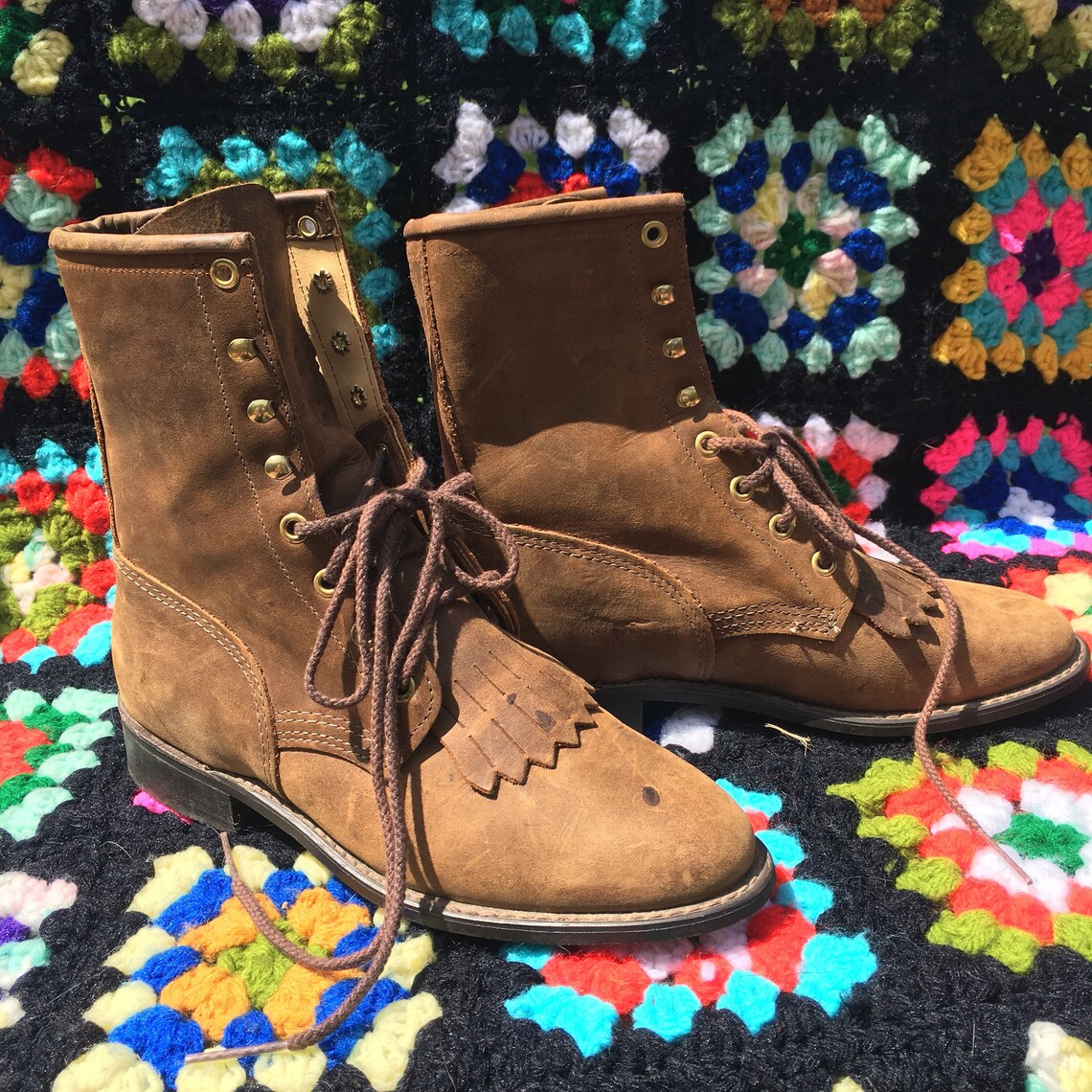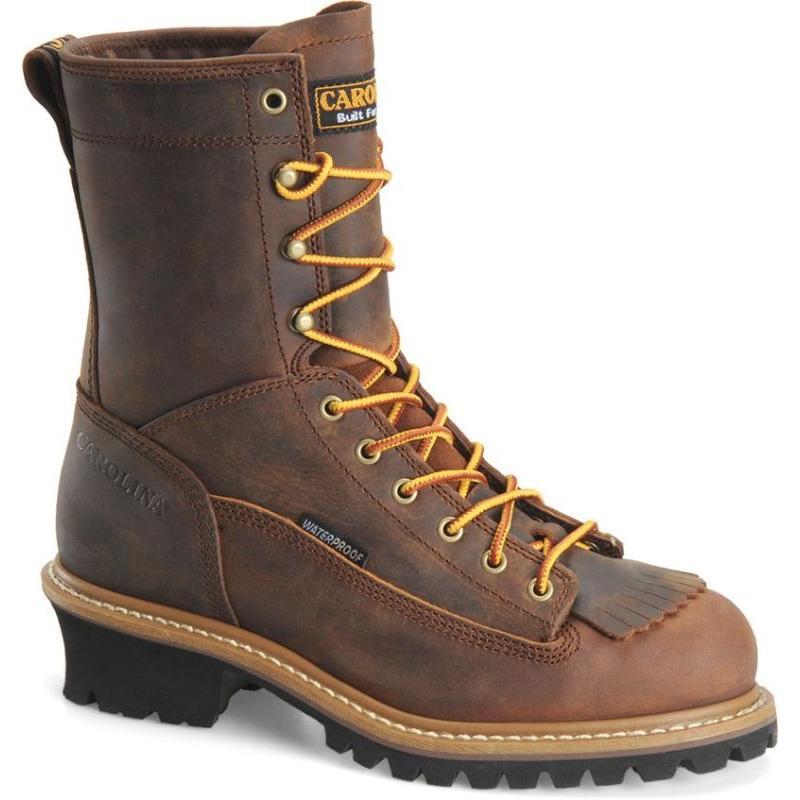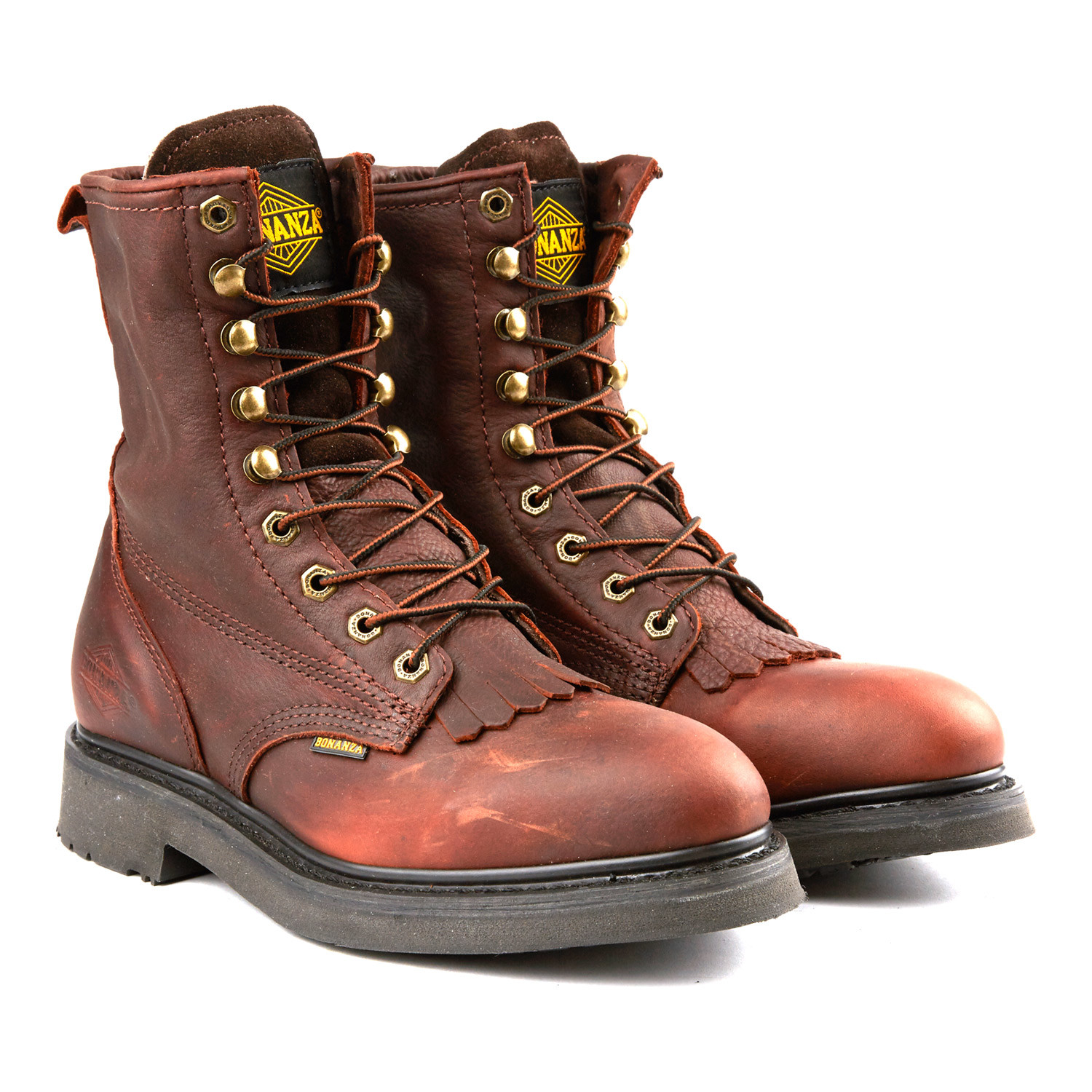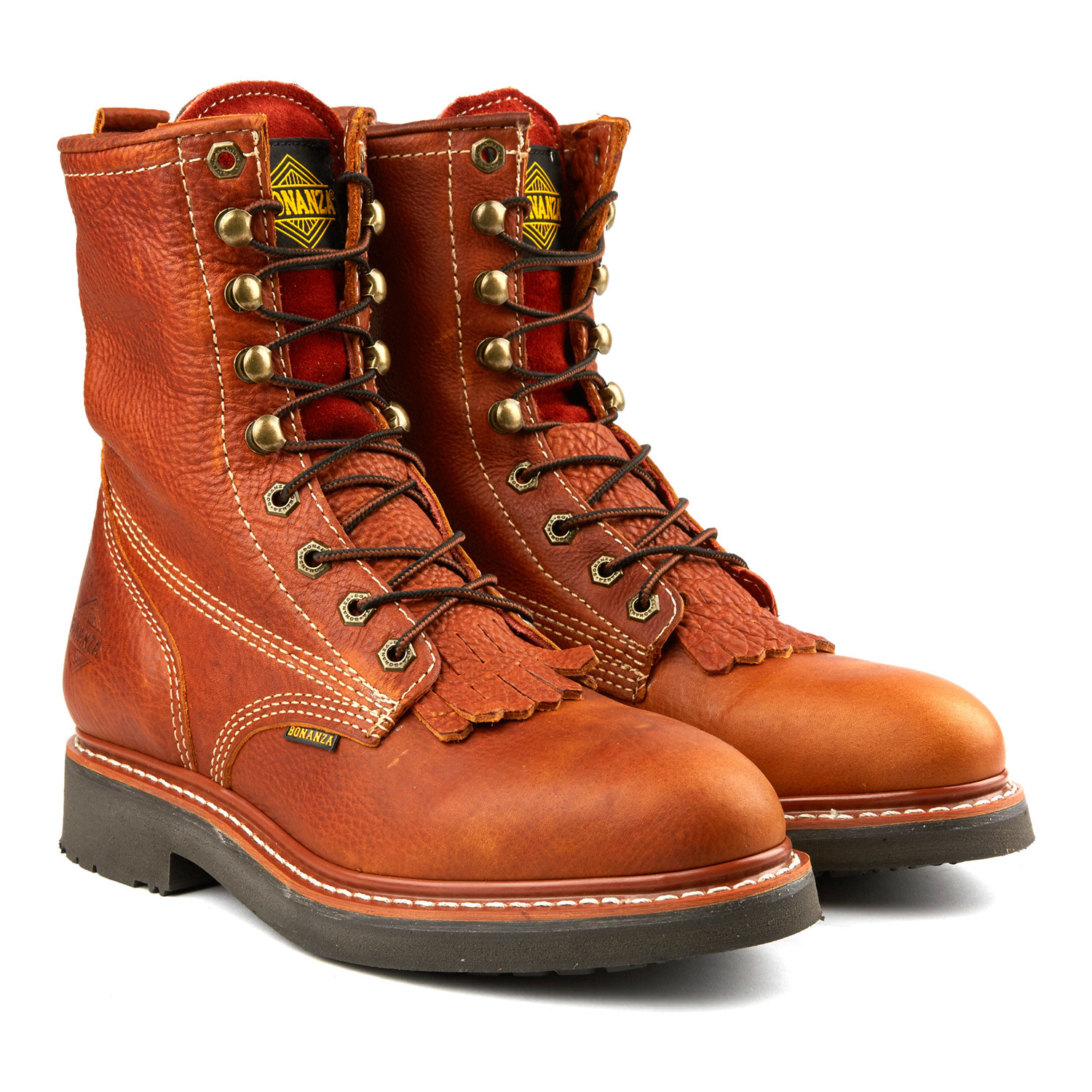What’s Behind the Unique Look of a Kiltie Boot?
Kiltie boots have been a staple in traditional Scottish and Irish footwear for centuries, but their distinctive design feature has sparked curiosity among many. The kiltie, a decorative fringe or tassel adorning the boot’s tongue, is more than just a stylish accent. It’s a functional element that serves a purpose, leaving many to wonder: what is a kiltie on a boot for? From its humble beginnings as a practical solution to its modern-day status as a fashion statement, the kiltie has evolved over time, captivating the hearts of many with its unique charm. In this article, we’ll delve into the history, design, and functionality of kiltie boots, exploring the reasons behind their enduring appeal.
The Origins of the Kiltie: A Brief History
The kiltie’s roots can be traced back to traditional Scottish and Irish footwear, where it served as a functional element in the design of boots. In the early days, the kiltie was a simple leather strap or thong that helped to secure the boot’s tongue in place, preventing it from shifting during wear. Over time, the kiltie evolved to become a decorative feature, with intricate designs and patterns being added to the strap. This transformation marked the beginning of the kiltie’s journey from a purely practical element to a stylish accent that would become a hallmark of traditional Scottish and Irish footwear. As the kiltie’s popularity grew, it began to appear on boots from other regions, each with their own unique twist on the design. Today, the kiltie remains an iconic feature of boot design, with its rich history and cultural significance continuing to inspire new generations of boot makers and enthusiasts alike.
How to Identify a Kiltie on a Boot
So, what does a kiltie look like, and how can you distinguish it from other boot designs? A kiltie is characterized by a decorative fringe or tassel that adorns the boot’s tongue, typically made from leather, suede, or other materials. This distinctive feature is often accompanied by intricate stitching, perforations, or other ornamental details that add to the boot’s aesthetic appeal. To identify a kiltie boot, look for the presence of this fringe or tassel, which can vary in length, thickness, and design depending on the boot’s style and intended use. For example, a traditional Scottish kiltie boot may feature a longer, more ornate fringe, while a modern, fashion-forward design might incorporate a shorter, more subtle tassel. By recognizing these characteristic features, you can easily identify a kiltie boot and appreciate its unique charm. But what is a kiltie on a boot for, exactly? Is it purely a stylistic element, or does it serve a practical purpose?
The Functional Purpose of a Kiltie
So, what is a kiltie on a boot for? While the kiltie’s decorative appeal is undeniable, its origins are rooted in practicality. In traditional Scottish and Irish footwear, the kiltie served as a functional element, designed to prevent debris such as dirt, dust, and water from entering the boot. The fringe or tassel acted as a barrier, blocking unwanted particles from penetrating the boot’s tongue and ensuring a dry, comfortable fit. Additionally, the kiltie provided an extra layer of protection for the boot’s materials, shielding them from the elements and reducing wear and tear. This functional purpose was particularly important for outdoor workers, such as farmers and laborers, who relied on their boots to withstand harsh conditions. Today, while the kiltie’s aesthetic appeal has become a primary focus, its practical benefits remain an integral part of its design. By understanding the kiltie’s functional purpose, you can appreciate the thought and craftsmanship that goes into creating these unique and enduring boots.
Kiltie Boots: A Fashion Statement or a Practical Choice?
Kiltie boots have long been a staple in certain subcultures, such as punk, goth, and steampunk, where their unique aesthetic is prized for its bold, rebellious spirit. But beyond their fashion appeal, kiltie boots also offer a practical advantage. For outdoor enthusiasts, the kiltie’s protective qualities make it an ideal choice for hiking, camping, or working in rugged terrain. The added layer of protection against the elements and debris can be a game-changer in harsh environments. So, what is a kiltie on a boot for? Is it purely a fashion statement, or does it serve a practical purpose? The answer lies in its versatility. Kiltie boots can be both a bold fashion statement and a practical choice, depending on the wearer’s needs and preferences. By understanding the kiltie’s dual nature, you can unlock its full potential and make a statement that’s both stylish and sensible.
Kiltie Boots in Modern Times: Are They Still Relevant?
In an era dominated by sleek, minimalist designs, the kiltie boot’s ornate, traditional aesthetic may seem out of place. Yet, despite the rise of more modern styles, kiltie boots continue to hold a special appeal for certain groups. For instance, the punk and goth subcultures still celebrate the kiltie’s bold, rebellious spirit, incorporating it into their fashion statements. Moreover, outdoor enthusiasts and workers who require durable, protective footwear still appreciate the kiltie’s practical benefits. So, what is a kiltie on a boot for in today’s fashion landscape? While it may not be a mainstream trend, the kiltie boot’s unique blend of form and function ensures its continued relevance. In fact, its timeless appeal could be the key to a revival in mainstream fashion, as designers seek to incorporate traditional elements into modern designs. As the fashion world continues to evolve, the kiltie boot’s enduring popularity serves as a testament to its staying power.
Choosing the Right Kiltie Boot for Your Needs
With the kiltie boot’s unique blend of form and function, selecting the right pair can be a daunting task. However, by considering a few key factors, you can find the perfect kiltie boot to suit your needs. First, think about the material: leather, suede, or synthetic? Each has its own advantages and disadvantages, so it’s essential to choose a material that aligns with your lifestyle and preferences. Next, consider the quality of the boot. A high-quality kiltie boot will not only last longer but also provide better protection and support. Intended use is also crucial: will you be wearing the boots for outdoor activities, work, or as a fashion statement? Understanding the purpose of the boot will help you choose the right features, such as waterproofing, insulation, or decorative elements. Finally, think about the style: do you prefer a classic, traditional look or a more modern, bold design? By weighing these factors, you can find a kiltie boot that not only answers the question “what is a kiltie on a boot for” but also meets your specific needs and preferences.
The Kiltie’s Enduring Appeal: A Timeless Design
In an era where fashion trends come and go, the kiltie boot‘s enduring appeal is a testament to its timeless design. Despite its origins in traditional Scottish and Irish footwear, the kiltie has managed to transcend cultural and temporal boundaries, remaining a beloved and iconic design element. So, what is a kiltie on a boot for? The answer lies in its unique blend of form and function, which has captivated generations of boot enthusiasts. Whether as a fashion statement, a practical choice, or a nod to heritage, the kiltie boot continues to inspire and influence designers, fashion enthusiasts, and outdoor enthusiasts alike. As a design classic, the kiltie boot has earned its place in the annals of fashion history, ensuring its continued relevance and appeal for years to come.








